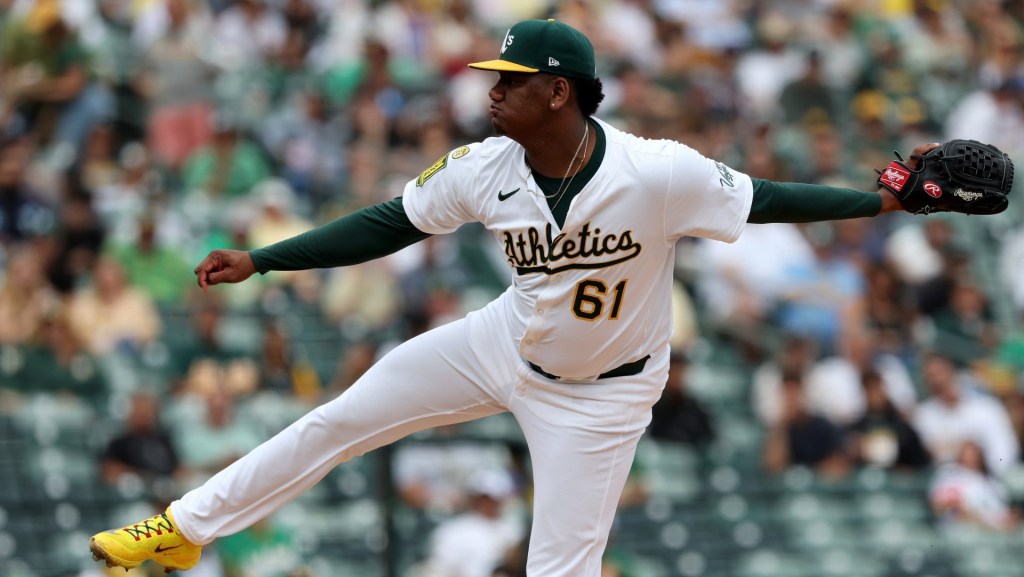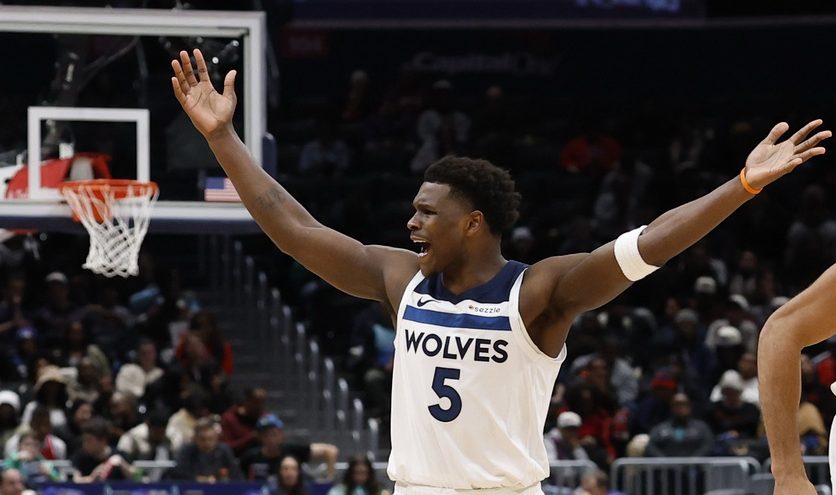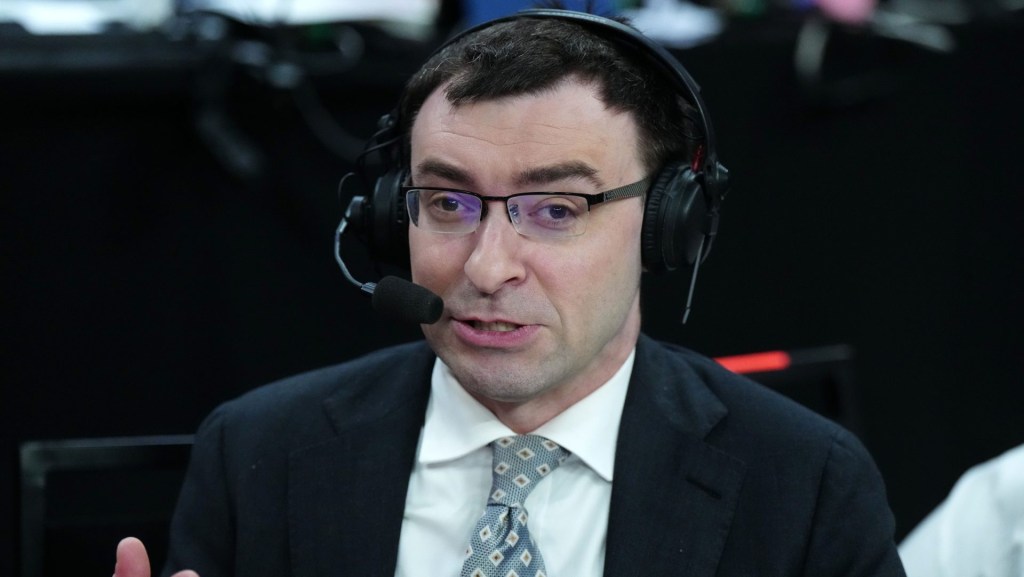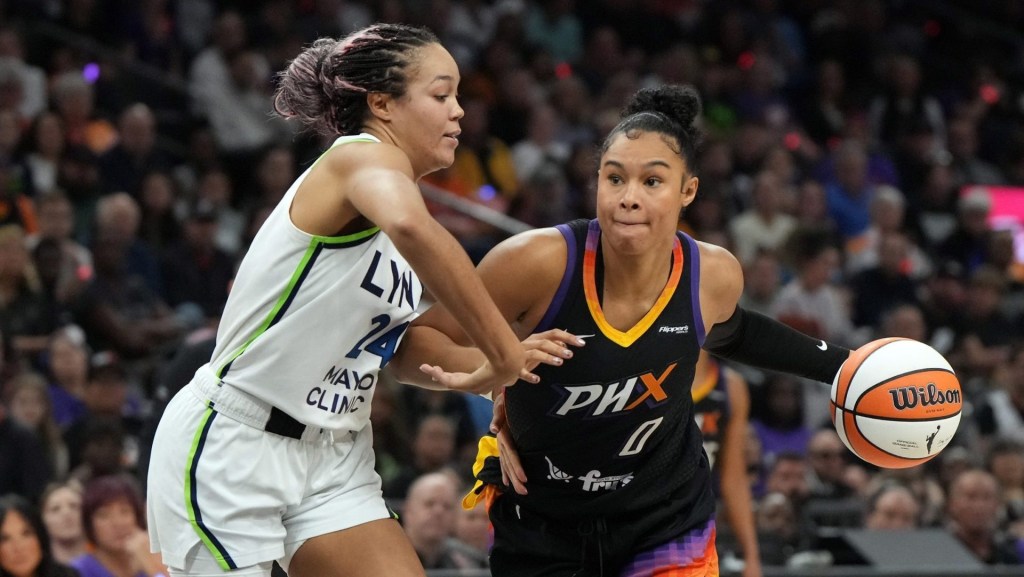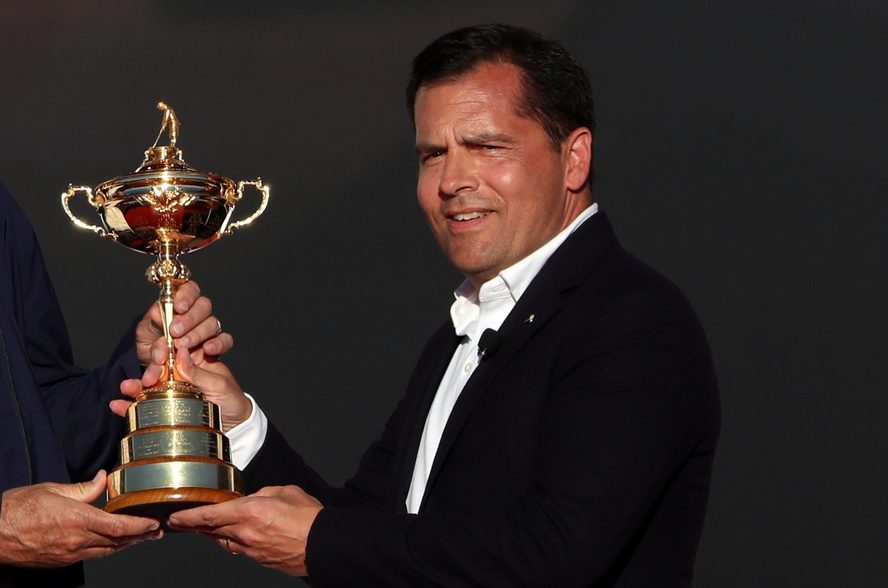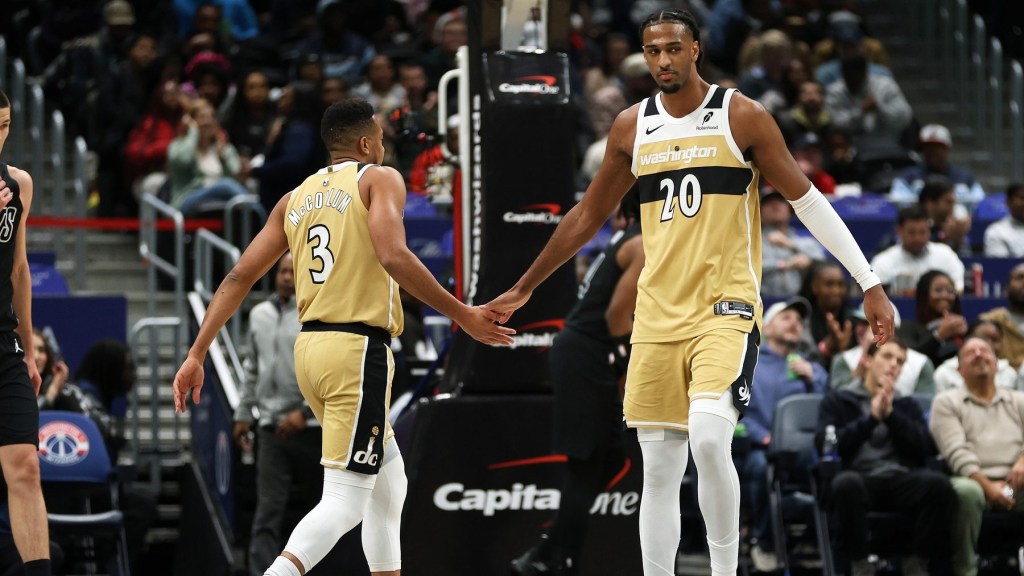A new collective bargaining agreement and a star-studded free-agent class contributed to MLB’s biggest salary increase in a generation.
The average MLB season salary leapt 11% to $4.9 million at the start of this season, according to the Associated Press — the largest increase since 2001 (13.9%).
The new CBA, which was reached after a 99-day lockout that delayed the start of the 2022 season, raised both the floor and ceiling on player salaries.
The minimum salary for players on the 40-man roster jumped from $563,500 in 2020 to $700,000 in 2022, with $20,000 increases each year to 2026.
The threshold at which teams must start paying MLB’s competitive balance tax increased from $210 million to $230 million in 2022, then to $233 million in 2023.
The most recent offseason was the first full one under the new agreement (most big signings prior to the 2022 season occurred before the lockout), and free agents enjoyed higher-than-expected contracts from the top levels down.
Seven teams are expected to cross the threshold this season, led by the New York Mets, who are on pace to top $100 million in luxury tax payments.
MLB’s average salary hit $2 million in 2000, growing to $3.3 million in 2010.
The modern record for year-over-year salary increase is unlikely to be beaten anytime soon: MLB salaries exploded by 53.9% to $891,188 heading into 1991.


